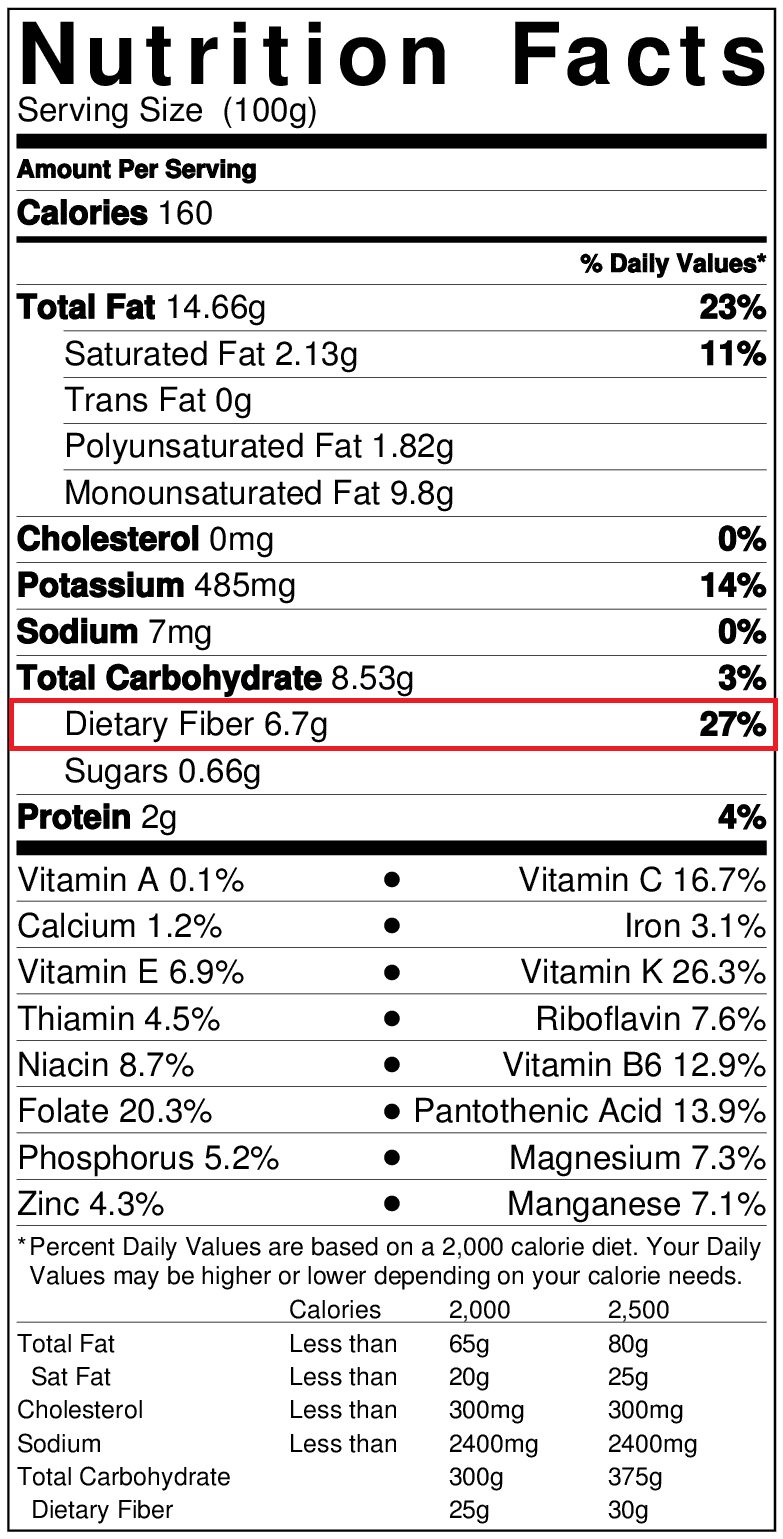Soluble Corn Fiber (Resistant Maltodextrin)
Where It Comes From
Soluble corn fiber is a dietary fiber sourced from corn.
How It’s Made
Soluble corn fiber is made via conversion of the digestible glucose constituents in corn starch into non digestible ones. It has been available in the United States since 1999.
What It Does
Soluble corn fiber is up to 90% fiber and used for fiber enrichment of a variety of foods. Because it can often replace the functionality of sugar, it is often used for sugar and calorie reduction. It is soluble, meaning it dissolves in water, and is stable in heat so it can be used in hot beverages, baking, or cooking.
How It Helps – Existing Evidence
- Increases calcium absorption and supports bone mineralization
- Has a low glycemic response and can be used in foods intended to elicit a lower glucose and insulin response after meals.
- Soluble corn fiber helps to promote digestive health through its effect on laxation
How is it processed by the body?
Soluble corn fiber is a prebiotic dietary fiber. It passes through the stomach and small intestine undigested, and is slowly fermented by the microflora in the large intestine.
What types of food is this fiber typically found in?
Soluble Corn Fiber is used in a wide variety of prepared foods, beverages, and condiments, including cereals, baked goods, candy, jams and jellies, sauces, dairy products, frozen foods, soups, salad dressings, fruit drinks, carbonated beverages, meal replacement drinks, and flavored water.
Recommended Daily Intake
“Of the under-consumed nutrients, calcium, potassium, dietary fiber, and vitamin D are considered nutrients of public health concern because low intakes are associated with health concerns.” – Dietary Guidelines for American 2015-2020 (8th edition).
In the United States, the recommended dietary fiber intake is 14g/1,000 kcal. For an average adult, this means a daily intake of 25g (female) or 38g (male). Most Americans only consume about half of the recommended intake (13.5 and 18g, respectively). This shortage in our diet is called the fiber gap.
To reach the recommended fiber intake without fiber-enriched foods, most Americans would need to increase their calorie intake by more than 500 calories per day. But meeting fiber requirements doesn’t have to mean adding calories if fiber enriched foods are consumed.
Fiber-enriched foods help bridge the fiber gap while delivering excellent taste and additional health benefits. The overall diet should have a mix of various fiber types.
Consuming a Variety of Fibers
Although most fibers will have more than one health-related effect, no one fiber can produce every potential health benefit. To maximize the health benefits of fiber, it is important to consume a variety of fibers.
Fibers can be found in many different foods. The amount of fiber per serving can easily be found by looking at the Nutrition Facts Panel for the Dietary Fiber line.

Additionally, the fiber content in foods like raw fruits and vegetables that do not have a nutrition label can be found here.
Lastly, fiber supplements can often be found in the dietary supplement aisle close to the probiotics and multi-vitamin supplements.
Gastrointestinal Tolerance
Increasing fiber intake suddenly, particularly in individuals consuming a low fiber diet, may result in gastrointestinal effects, such as an increased number of stools per week, having softer stools (but not diarrhea) or having increased flatulence. These natural effects are due to either bulking effects or due to the fermentation of fiber in the gastrointestinal tract. These potential effects can be minimized by increasing fiber intake more gradually to allow the gastrointestinal tract to adapt. Thus, it may be helpful to decrease fiber intake until these feelings subside and then gradually increase fiber intake.


